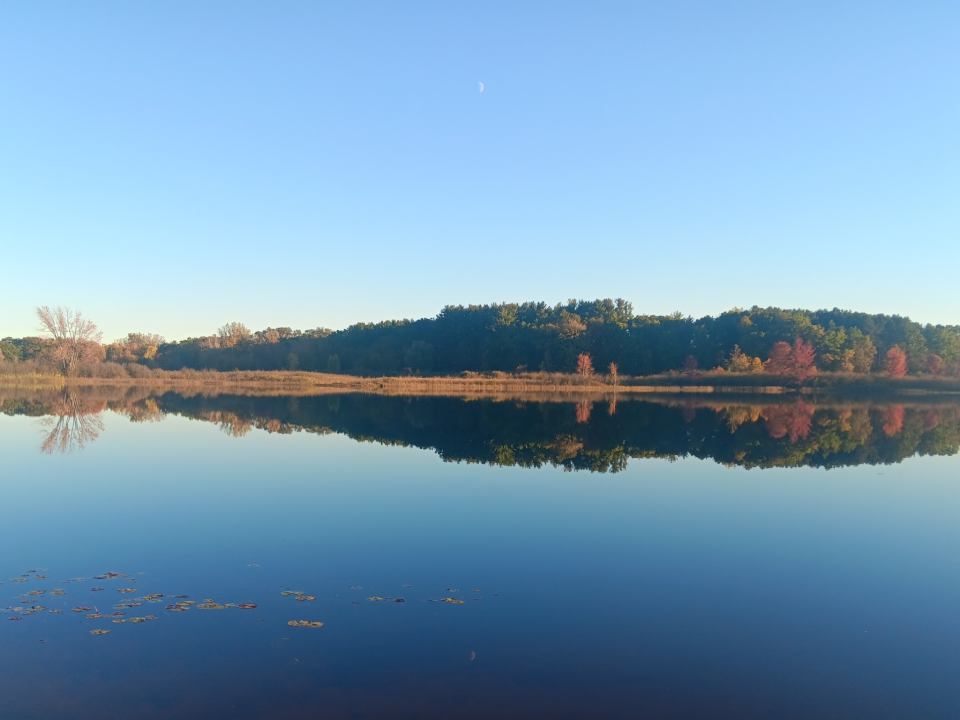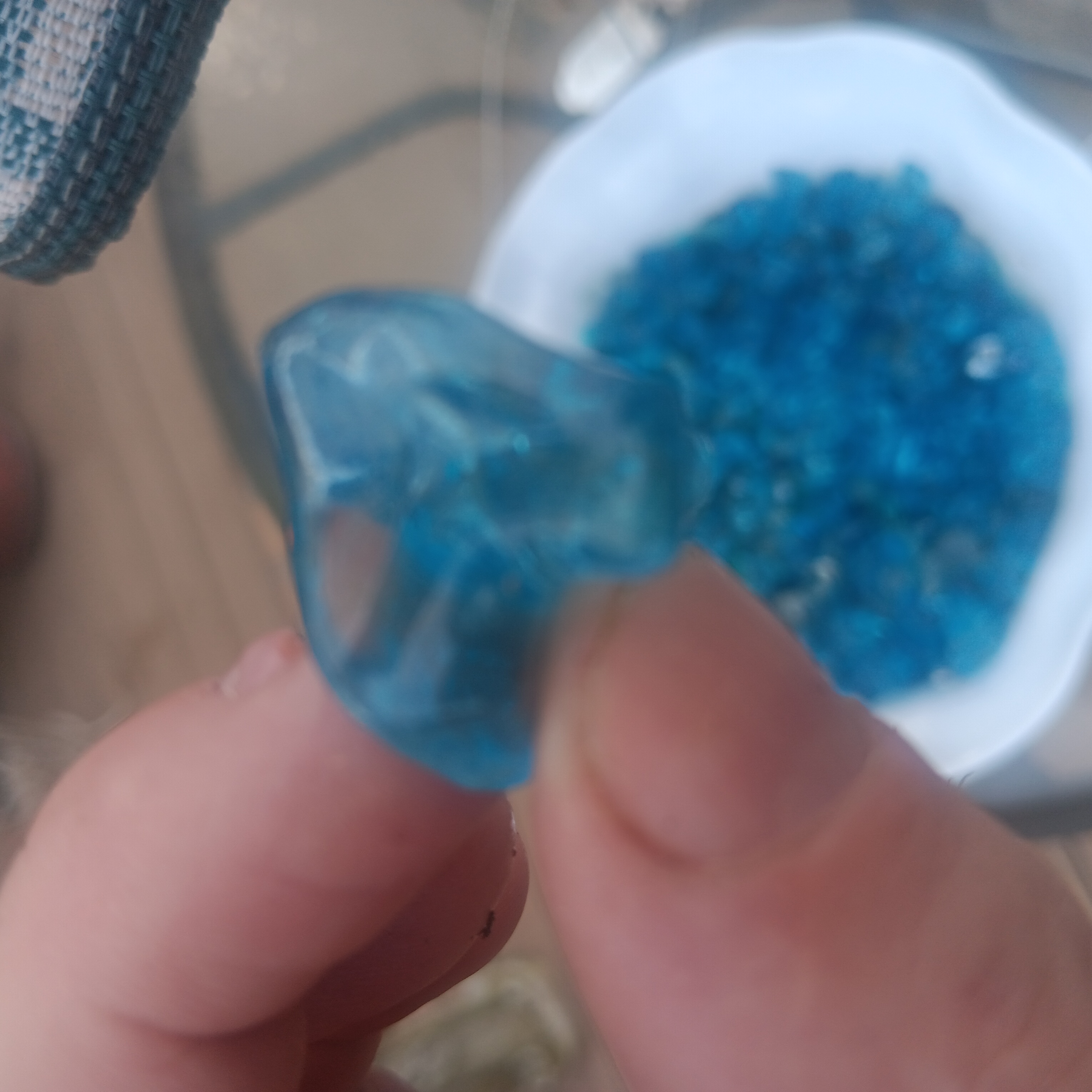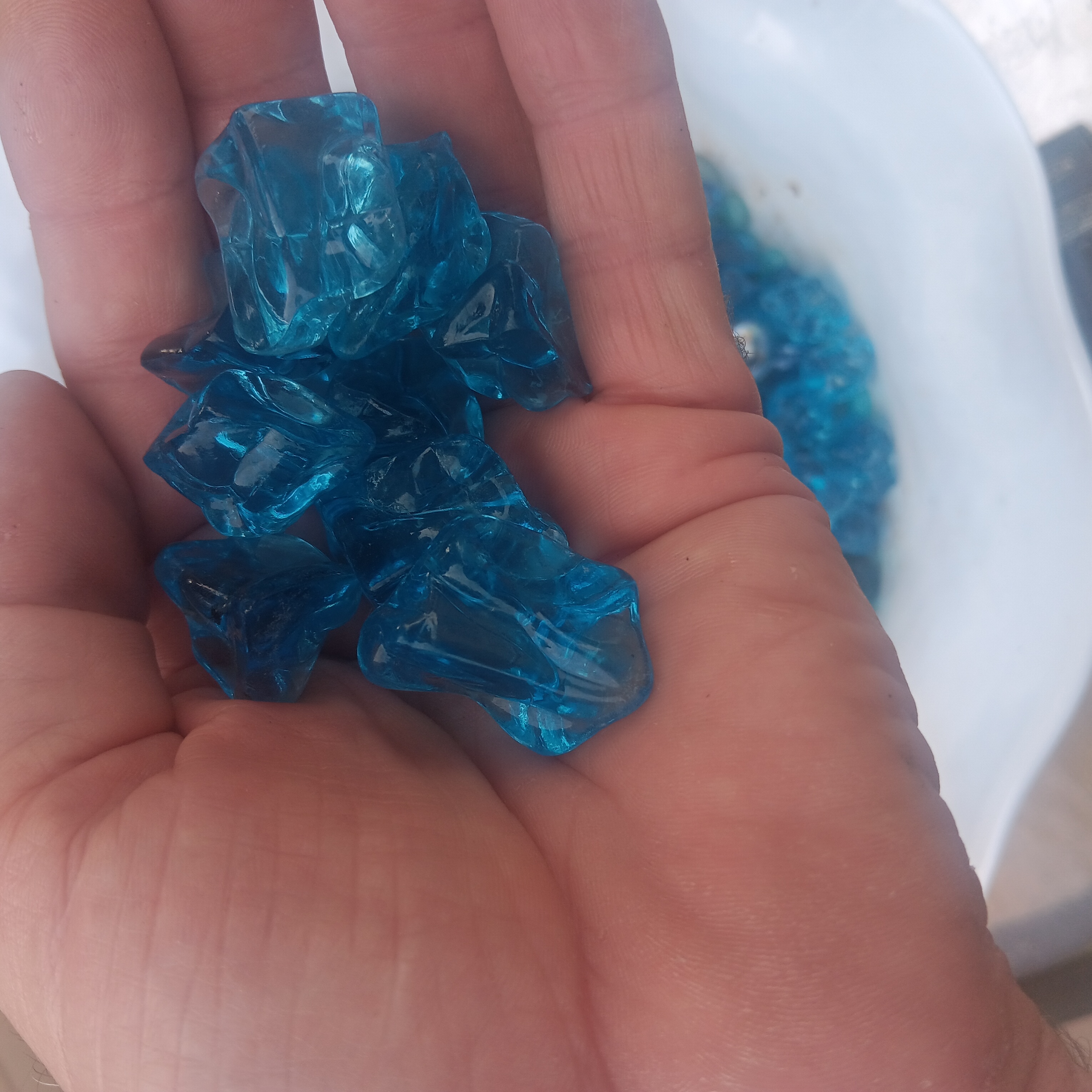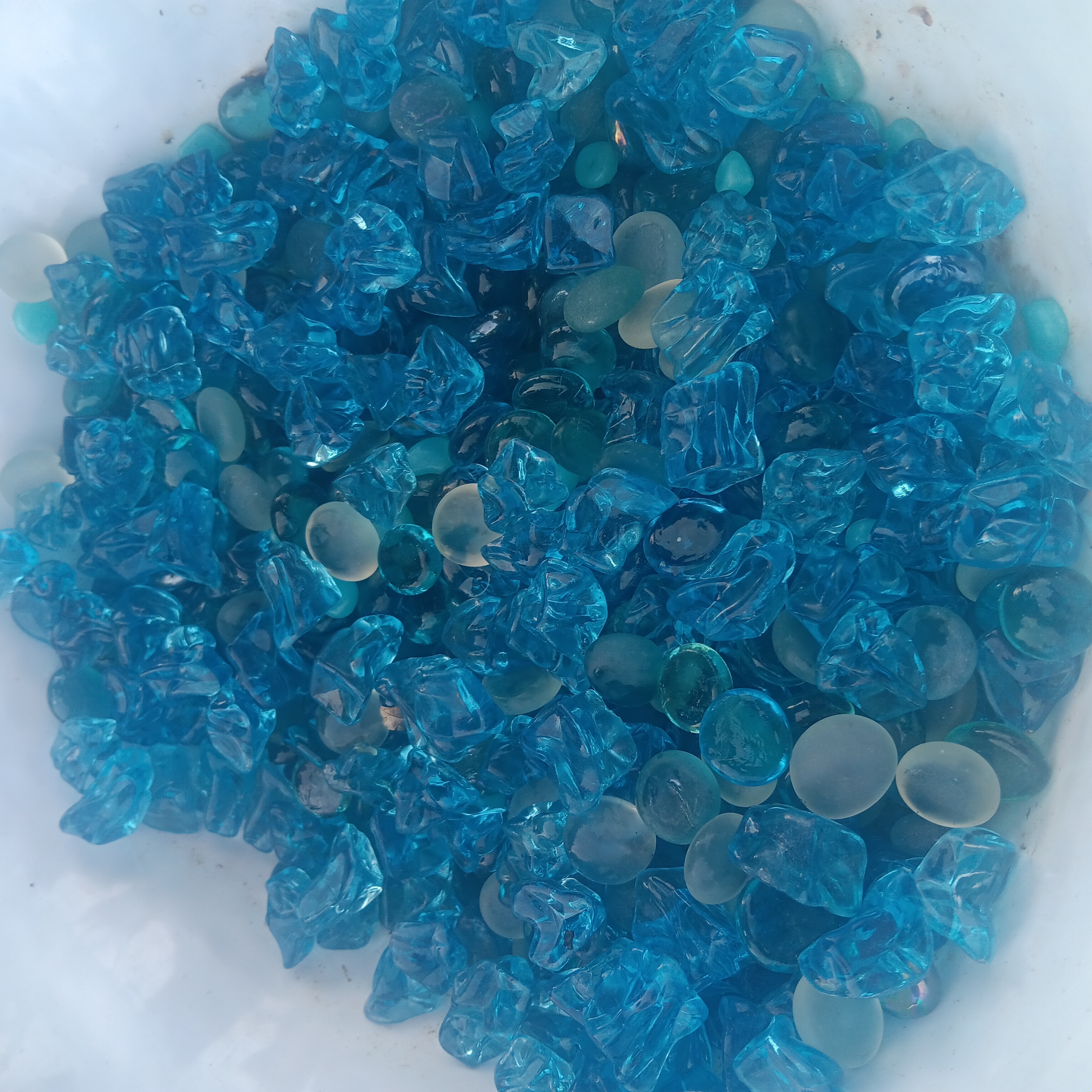
Blue Crystal Lake in Pinckney, Michigan was form by the Glaciers: Glaciers did play a role in shaping the landscape of Michigan, they did directly created the blue crystals.
Erosion: Glaciers carved out the basin of Blue Crystal Lake through erosion, but the blue color is a result of glacial deposits.
Mineral Content: The blue color of Blue Crystal Lake is due to the presence of dissolved minerals, primarily iron and manganese, in the water.
Oxidation: These minerals are oxidized, meaning they react with oxygen, resulting in the blue hue.
Artesian Springs: Yes, Blue Crystal Lake is fed by artesian springs, which are natural springs that flow under pressure from a confined aquifer.
Aquifer: An aquifer is a layer of rock or sediment that can hold and transmit water. In the case of Blue Crystal Lake, the aquifer is likely composed of sandstone or limestone.
Blue Crystals: There are actual blue crystals in the lake. The blue color is a result of dissolved minerals in the water.
Sediment: The sediment at the bottom of the lake may contain minerals that can appear blue or greenish when exposed to light, but these are the same as the blue color of the water.
Natural Beauty: Blue Crystal Lake is a beautiful natural feature, known for its clear waters and scenic surroundings.
Recreational Activities: The lake is popular for swimming, boating, fishing, scuba diving and other recreational activities.
Preservation: Efforts are made to protect the lake’s water quality and natural habitat.



